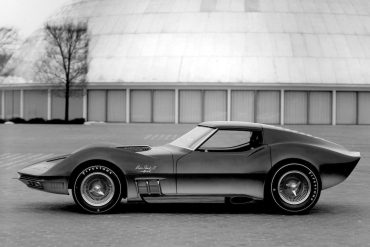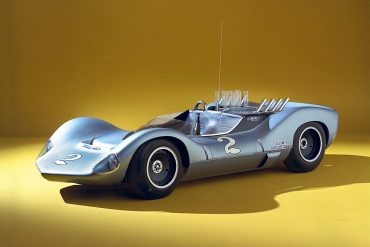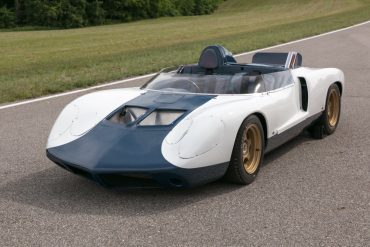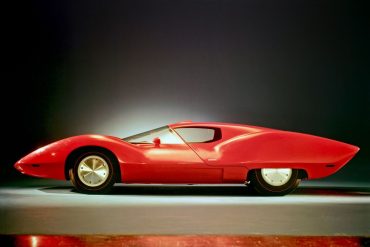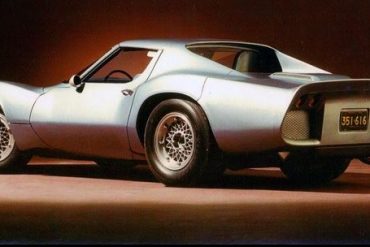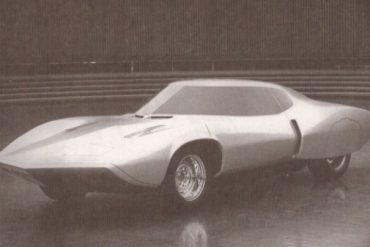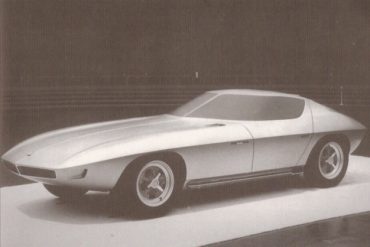The Mako Shark II was a radical concept that shaped Stingray years later. While showcasing distinct design cues, the Mako Shark contained many notable features for 1965. It had a one-piece front-end that hinged forward for access to the engine bay, a removable hardtop, knock-off aluminum wheels and a big-block 427. Chevrolet received overwhelming requests to have it produced.
The GS II (Grand Sport II) was a test vehicle completed in late 1963 by Chevrolet Engineering Center (C.E.C.). The chassis was constructed of spot-welded sheet steel and was fitted with narrow tires. With only minor testing done at GM’s test facility in Michigan, the vehicle was shipped to Texas to the Chaparral Cars test facility.
The CERV II was entirely Zora’s car. The CERV II was conceived early in 1962 and developed over the next year, after the GS program was squashed. The car was built under Zora's direction between 1963-'64. Zora had it in mind to develop a separate line of racing Corvettes but the idea got terminated by management.
Those that have laid eyes on the Astro I will not soon forget it. This 1967 Chevrolet prototype featured sleek body lines that embodied the feel of a far more aggressively styled Mako Shark. Although the Astro I was built with the intent to aid in the study of aerodynamics, no official documentation has been uncovered as to the results of this testing.
When first introduced to the world by Pontiac in 1964, the car showed so much promise that Chevrolet (allegedly) put a swift end to its development to prevent its production from hindering the sales of the Corvette. Afterall, with the introduction of the 1963 Split-Window Corvette, Chevy was finally seeing an increase in sales, something lacking for most of the first-gen.
The XP-819 Corvette prototype was introduced in 1964 by Frank WInchell and Larry Shinoda as the first, experimental, rear-engine Corvette coupe. The XP-819 was developed in the mid-1960's as an engineering exercise to determine if a rear-engine platform was right for the Corvette program. During that time, Chevrolet was still under a racing ban.
To clothe the 1965 mid engine Corvette chassis, the designers at Styling Staff proposed a much more radical shape than Zora Arkus Duntov, the main force behind a mid engine Corvette, had in mind. It would have provided rear vision solely through a periscope. The design had bold air intakes at the rear and a split windscreen that lifted up with the gullwing doors.
The 1963 Wedge Corvette split windshield concept was a sleek, front-engine design study that revived the Q Corvette’s split-windshield gullwing-style doors with a short, bobbed tail. Late in 1963, a GM Styling team under Henry Haga prepared this future Corvette proposal. Its sophisticated lines included side-mounted exhaust pipes.


